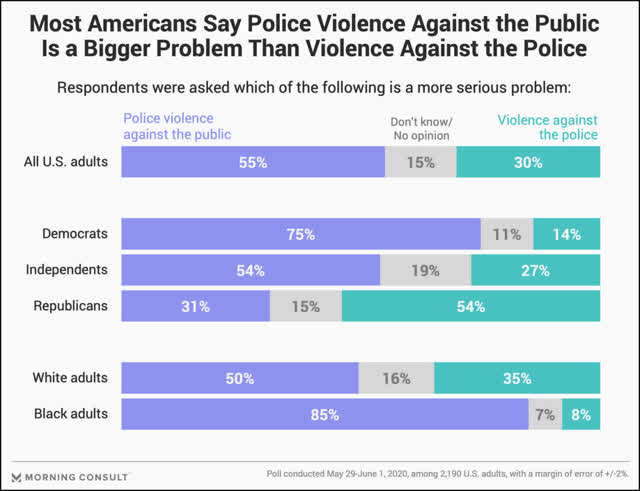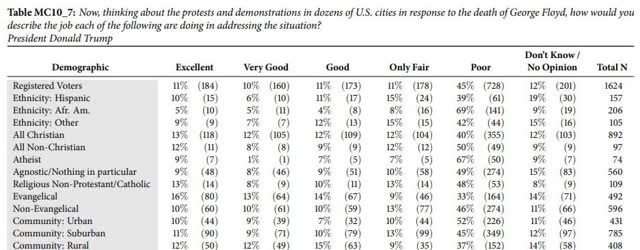- by New Deal democrat
As I mention from time to time, I am a fossil. I am old enough to remember 1968, when I was a politically precocious teenybopper. In the past week, I have read a number of commentaries wondering if this year is similar to that. In short: yes.
In 1968 it appeared that the world was spiraling out of control. The Vietnam war was at its height, with 300 soldiers killer every week. Protests against the war were also reaching a crescendo, one that reached its apex during the Democratic Convention in Chicago, which was later described as a “police riot” that, among other things, targeted journalists. That was just a few weeks after the Soviet Army rolled into Czechoslovakia to crush the “Prague Spring” of a progressive socialist government.
There were also race riots in medium and big US cities throughout the country. The police were called in to crack down on looting and vandalism, particularly following the assassinations of both Martin Luther King and Robert Kennedy.
While we don’t have a foreign war, we do have a pandemic that has uniquely been allowed to grow out of control in the US. We have China making moves in Hong Kong and the border with India. We have massive demonstrations, with some sporadic violence, following yet another death of a black man at the hands of heavy-handed police tactics. The President has called in the military against its own citizenry.
But there are also two important differences. The first is that the pervasive videoing of police tactics has caused what one writer is calling “The Great Awokening” among most white people, who have seen convincing evidence of racial profiling by police and worse, killings of African Americans by police for things as trivial as a boy having a toy gun in a park.
This “Great Awokening” is shown by two charts below. The first shows attitudes towards violence by vs. towards police:

Even whites view violence *by* the police as a bigger problem than violence *towards* the police.
The second shows that the public does not approve of Trump’s handling of the protests in the past week (I’ve truncated the chart to take out views by employment and a few other items):

Only Evangelicals and rural areas show higher rates of approval (good, very good, and excellent) compared with disapproval (poor). Interesting, whites are not broken out separately.
The second contrast with 1968 is that the person calling for “law and order” is the incumbent. In 1968 the President, both Houses of Congress, most State governments and big cities were run by Democrats. Nixon, a Republican, was running against them. Now Trump and the GOP control the Presidency, Senate, and a majority of Statehouses. And when civil order breaks down, the public blames the incumbent party, not the insurgents.
I have no idea how everything will ultimately play out, but I do believe the images of the US military being called into action against peaceful demonstrators in Washington DC is going to leave a very sour taste. I do suspect that, like 1968, there will be a watershed passing of the political order of the old guard.